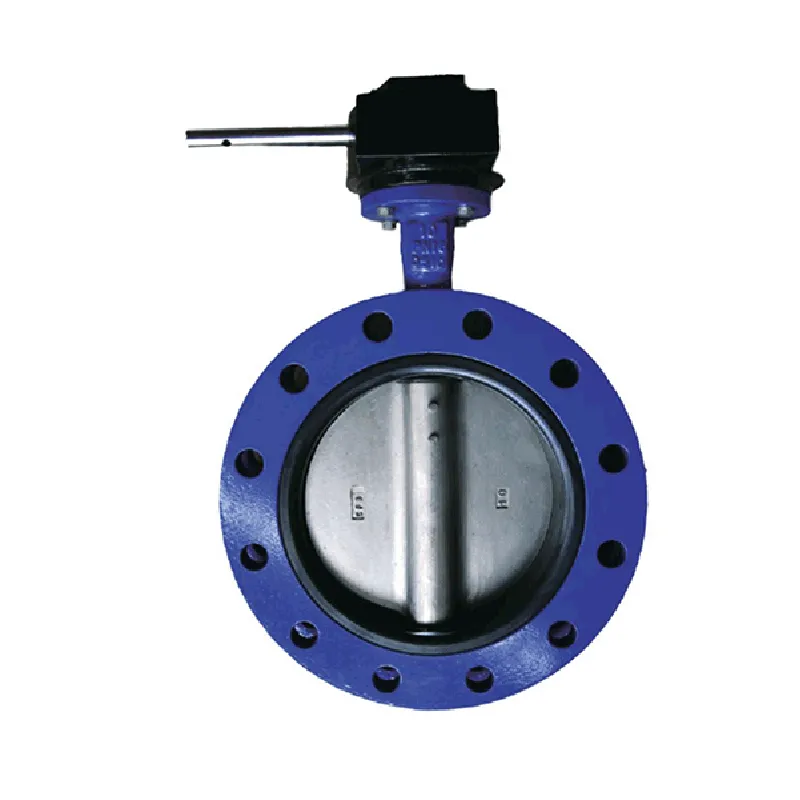ធ្នូ . 09, 2024 22:46 Back to list
Durable Stainless Steel Butterfly Valve for Efficient Flow Control in Industrial Applications
Understanding Stainless Steel Butterfly Valves A Comprehensive Overview
Stainless steel butterfly valves are crucial components in various industrial and commercial applications, renowned for their reliability, durability, and efficiency. As a type of quarter-turn valve, butterfly valves are primarily used for regulating fluid flow and can be found in a variety of settings, including water treatment plants, chemical processing, and HVAC systems.
Design and Functionality
The butterfly valve consists of a circular disc or butterfly mounted on a rotating shaft. When the valve is closed, the disc seals against the valve seat, blocking the flow of fluid. Conversely, when the disc is rotated a quarter turn, it allows fluid to pass through the opening. The simplicity of this design lends itself to quick actuation and low torque requirements, making butterfly valves particularly advantageous in large diameter piping systems.
Stainless steel is the preferred material for manufacturing butterfly valves due to its exceptional properties. This alloy offers high resistance to corrosion, which is essential when dealing with harsh chemicals and high temperatures. Additionally, stainless steel valves are less prone to wear and tear compared to valves made from other materials, ensuring a longer operational lifespan.
Types of Stainless Steel Butterfly Valves
There are various types of stainless steel butterfly valves, each tailored for specific applications. The most common types include
1. Wafer Style Butterfly Valves These valves are installed between two flanges and are known for their compact design, which makes them lightweight and ideal for tight spaces. Wafer style valves are widely used in water and wastewater treatment.
2. Lug Style Butterfly Valves Lug valves feature threaded inserts that allow them to be installed in-line and can be disassembled from either side of the piping. This makes them suitable for applications where maintenance access is required without shutting down the entire system.
3. Double Offset Butterfly Valves These valves are designed with two offsets in the shaft and disc geometry, which enables a tighter seal and reduces wear on the seating surface. They are commonly used in high-temperature and high-pressure applications.
stainless steel butterfly valve

4. Triple Offset Butterfly Valves Offering even more enhanced sealing capabilities, triple offset valves feature three offsets in their design that provide a unique advantage in maintaining a perfect closure. These are typically utilized in high-performance industrial applications.
Advantages of Stainless Steel Butterfly Valves
2. Space-saving Design Due to their compact nature, these valves require less space compared to traditional gate or ball valves, allowing for more efficient use of space in piping systems.
3. Cost-Effectiveness While the initial cost of stainless steel valves may be higher than other materials, their long lifespan and minimal maintenance requirements result in lower overall costs.
4. Ease of Maintenance Butterfly valves are relatively easy to maintain. The design permits quick access to the seat and disc for inspection or replacement, minimizing downtime.
5. Excellent Flow Characteristics The design of the butterfly valve allows for smooth and efficient flow with minimal turbulence, reducing the energy required for pumping systems.
Conclusion
In summary, stainless steel butterfly valves are essential components that offer numerous advantages in terms of durability, efficiency, and versatility. Their unique design allows for effective flow control across a variety of applications, and their resistance to corrosion ensures long-lasting performance. By understanding the different types and benefits of stainless steel butterfly valves, industries can make informed decisions on their use, ultimately contributing to improved operational efficiency and reliability. Whether you are upgrading an existing system or designing a new one, stainless steel butterfly valves should be at the forefront of your considerations.
Share